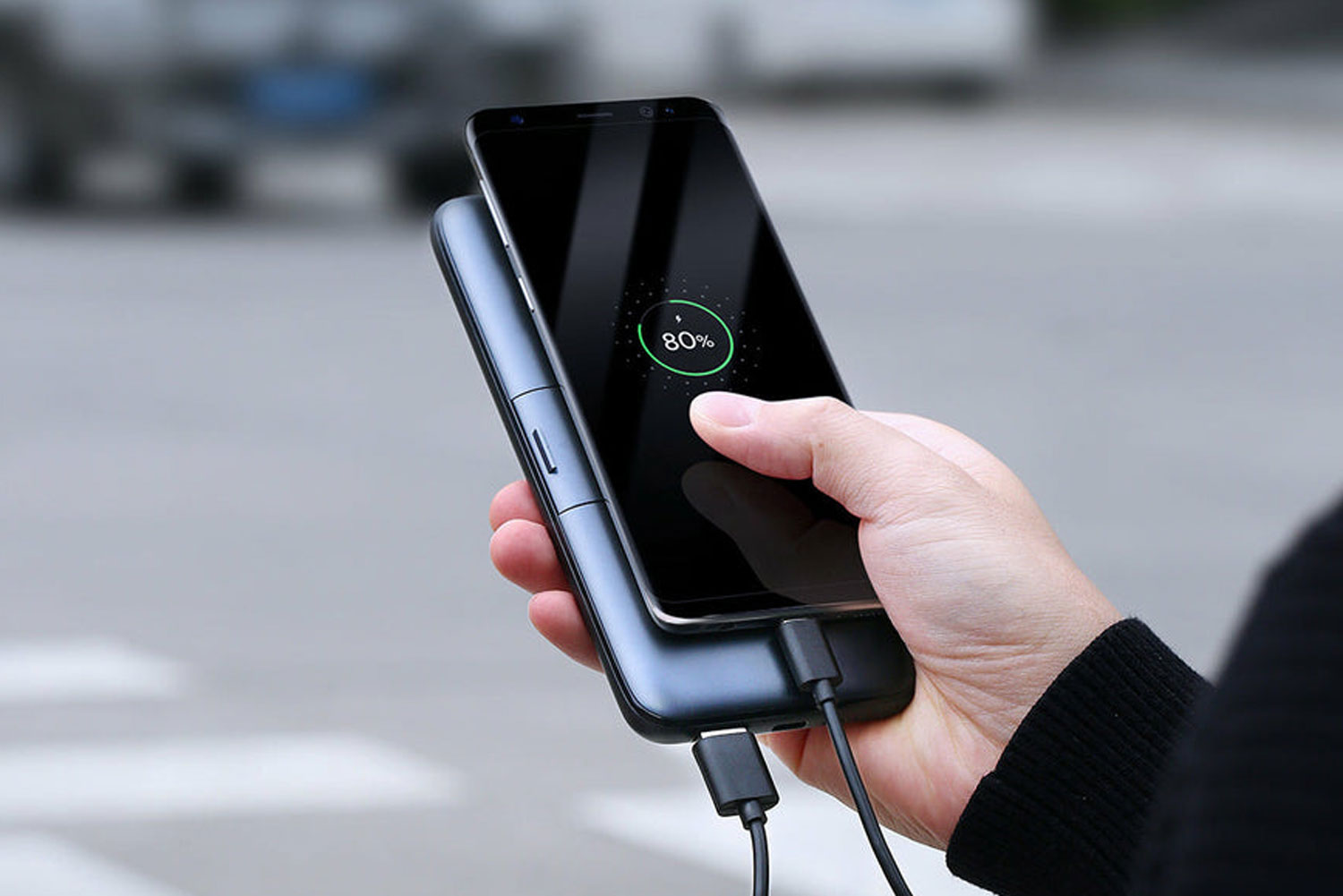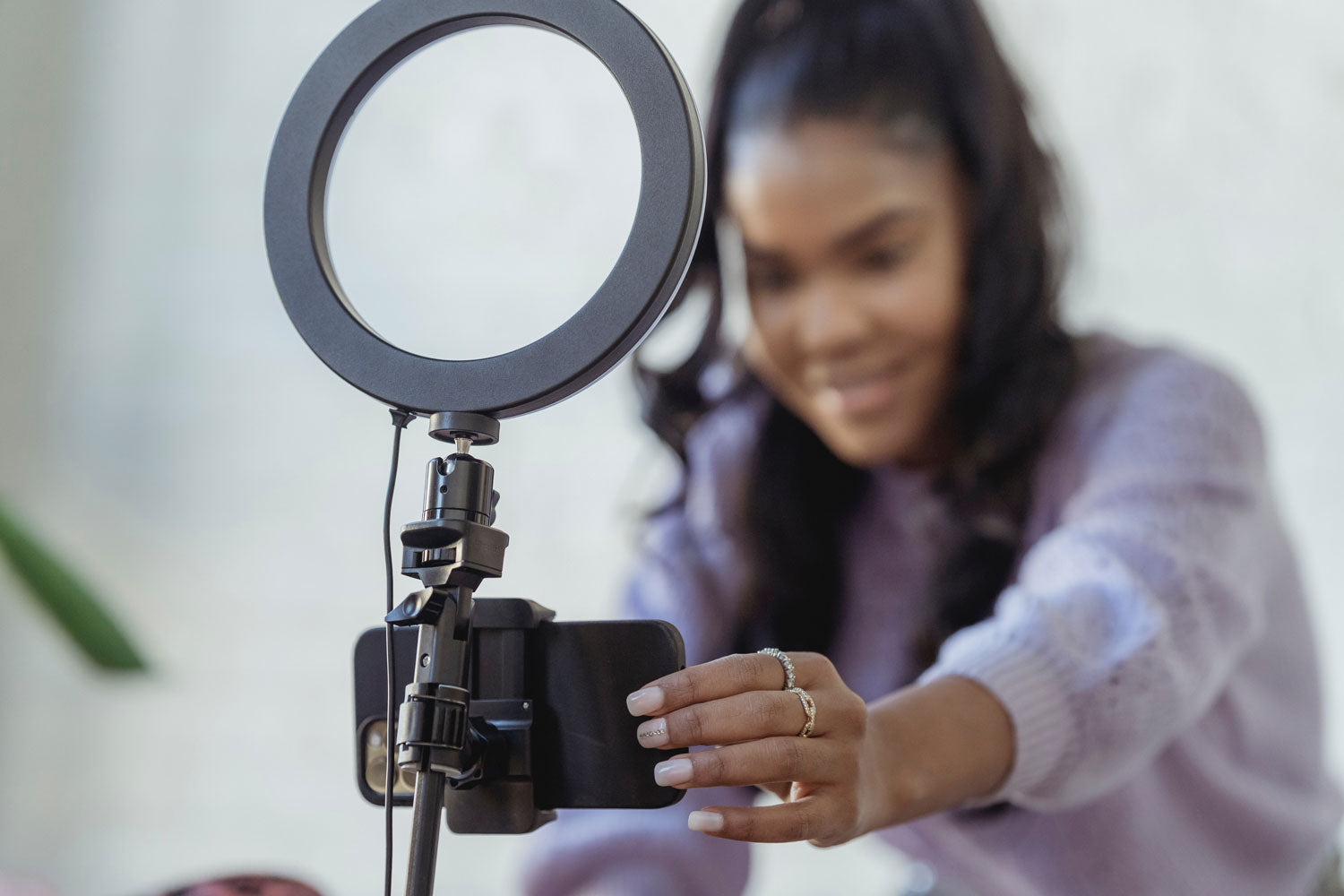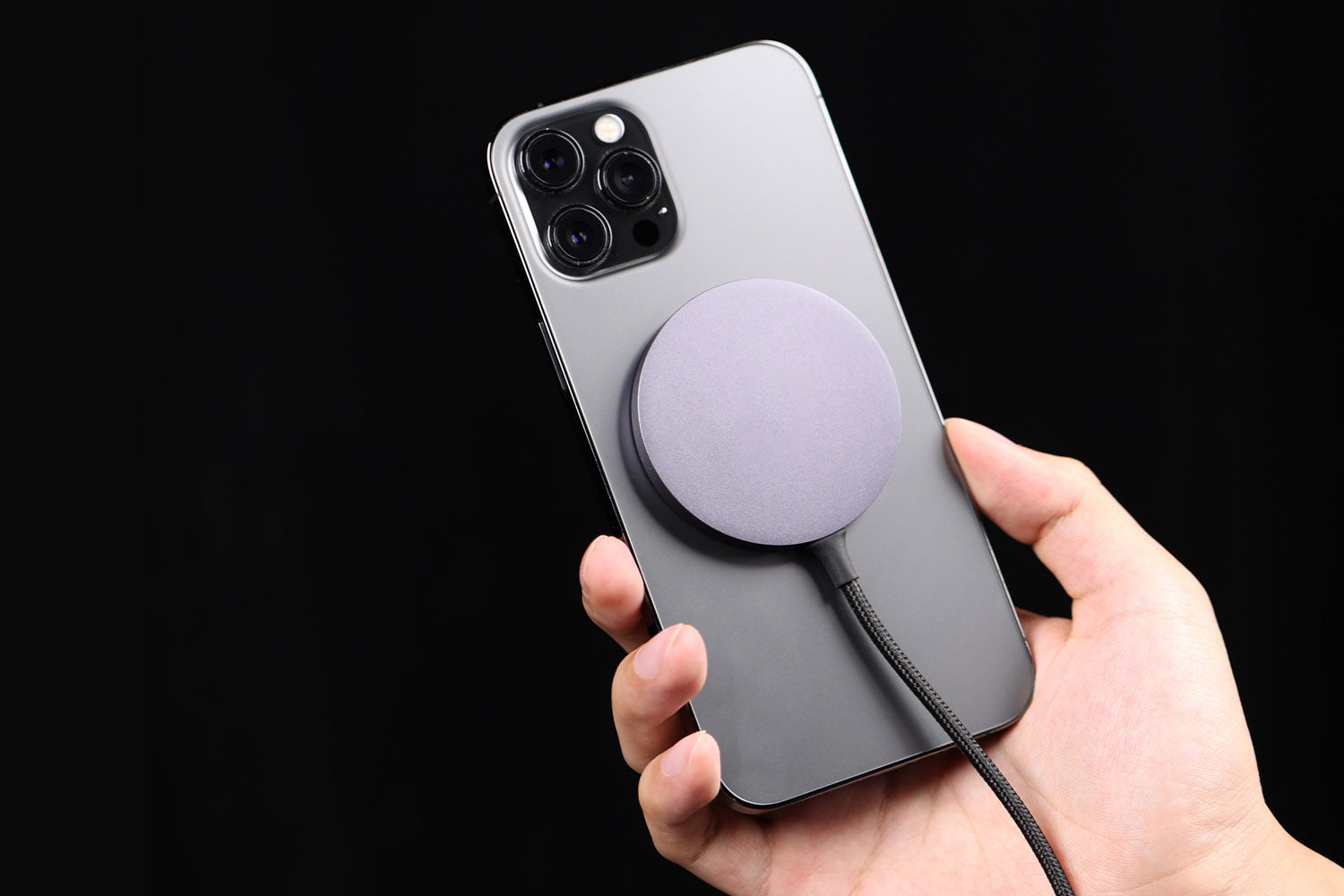Key Factors to Look For: Cost, Capacity, and Intended Use
Our electronic devices are more intelligent, more powerful, and more necessary than ever before. From phones to watches to media players, they are always with us and always working hard. But that hard work does mean one negative thing: batteries for these mobile devices often wear down before we can get them plugged into a wall. And that is why portable chargers have become so important.
Portable chargers keep our phones, tablets, watches, and other devices topped up while we are commuting home, traveling, walking, or even just waiting for a wall outlet to come available, and there are many on the market, often with different sizes, different charging rates, and different features. What is the best portable phone charger? What size power bank do I need? And how much does a portable charger cost? How long does it take to charge a portable charger? This blog will answer those questions and others in detail.
How to Pick the Best Power Bank in 5 Simple Steps
Our handy guide has five simple steps you can follow that will help you pick the best power bank for your needs. Let’s look at them in detail:
Step 1: What Devices Can My Power Bank Charge?
Power banks can charge anything that you would normally charge with a USB cord. This can include portable speakers, phones, mp3 players, battery-powered headphones, and even some laptops. Other devices that can be charged with a portable power bank include items that are normally charged with a USB cable, including some cameras, lights, game consoles, portable readers, headlamps, UV lamp water purifiers, bike lights, portable communication devices, fans, watches, and more.
Step 2: How Much Charging Capacity Will I Need?
The charging capacity that you need for your power bank depends on two things – usage and time. Both can be calculated using mAh, which stands for milliampere hours. Each device that you will charge has a mAh requirement rating, and that figure may be found on the box, in the instructions, or online. For example, an iPhone 12 is 2,800 mAh, while a typical MacBook Pro laptop is closer to 30,000 and a Galaxy S10 phone is 3,000 mAh.
Step 3: How Much Time Will I Need to Charge My Devices?
Related to the step above, power banks, then, have a corresponding mAh rating. Small power banks are anything from 5,000 mAh to 20,000 mAh, while larger power banks are 40,000 mAh and more. Once you know the rating of your power bank and the rating of the items you wish to charge, you can then see how many times you can charge a particular device while using a single power bank. For example, if you are wondering how many charges you can get from a 20,000 mAh power bank, you could likely charge a phone, portable speaker, and headlamp, while a 75,000 mAh power bank could charge a small laptop, phone, speaker, and wireless headphones each multiple times. And how long does it take to charge a portable charger? That also depends on size; a 20,000 mAh bank being charged from empty to full could take four hours or more.
Step 4: What Charging Port Will I Need?
Most power banks sold today have multiple charging ports, and some large ones may have a multitude of charging ports. Before picking what power bank you will buy, you should determine what charge ports you will want.
When it comes to charging ports on a power bank, there are two types of banks: The first has ports that accept your cord, while the second has built-in cables, meaning you do not need to always have a cord with you.
For the first type, there are two main types of ports: USB-A and USB-C. USB-A has been the standard port for most USB cables for years – it is rectangular, with a flat piece of plastic on the bottom of the port, meaning the cable has a “top” and a “bottom.” USB-C is the next generation of USB ports, and offers faster charging with the added benefit of not having a “top” or “bottom.” While USB-C is touted as the next generation of cable ports, most devices still use the traditional USB-A.
Some larger power banks may also have three-prong outlets like you would find in your wall. These are capable of charging and powering a wide variety of small devices such as laptops.
For power banks with built-in cables, it is important to determine that your chosen bank will have cords for the devices you wish to use, including USB-B, USB-C, micro-USB, cords for Apple products, and others.
Step 5: How Much Does a Power Bank Cost?
Portable power banks vary widely in cost , with the cost based on name brand, size, speed, and additional features. Some additional features found in power banks include built-in cords, flashlights, solar charging panels, and clocks.
Small 5000 mAh power banks can cost as little as $5, and some are even given away when you purchase new phones or other devices. Power banks with 10,000 mAh capacity can easily be found for $30 or less, while large 25,000 mAh power banks with features such as flashlights, digital power reserve indicators, and three-prong wall outlets can easily cost $300 and more.
Why Should AUKEY’s Power Bank Be Your First Choice?
AUKEY power banks are some of the most popular and reliable on the market. They feature fast charging capacity, plenty of options for multiple charging, great looks, and low prices. AUKEY power banks are regularly featured on “best-of” lists and continue to lead the industry in power, features, and performance.





